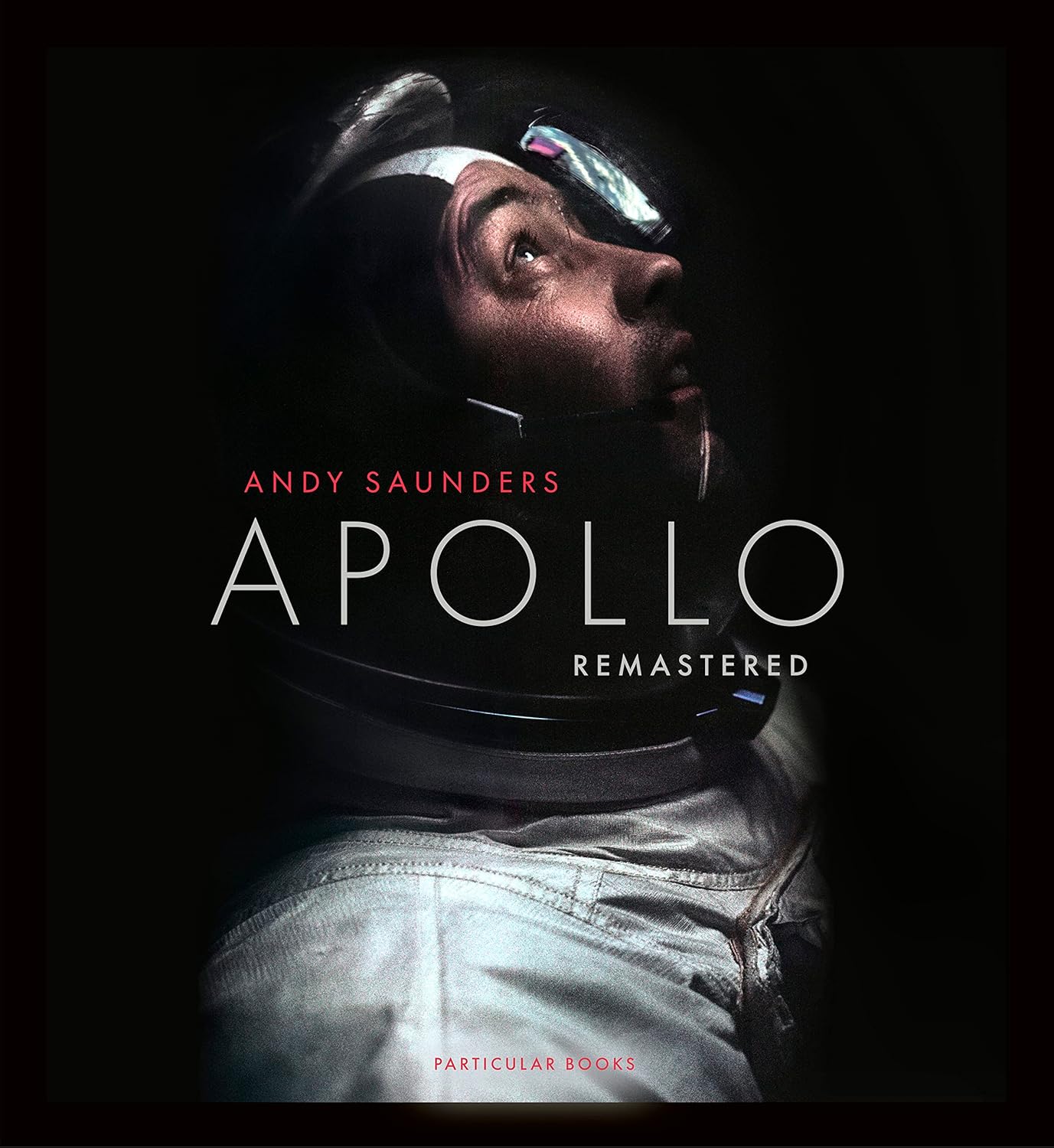About this deal
The list was revised upon George Low's proposal to commit a mission to lunar orbit ahead of schedule, an idea influenced by the status of the CSM as a proven craft and production delays of the LM. [13] Apollo 8 was reclassified from its original assignment as a D-type mission, a test of the complete CSM/LM spacecraft in Earth orbit, to a "C-prime" mission which would fly humans to the Moon. Once complete, it obviated the need for the E-type objective of a medium Earth orbital test. The D-type mission was instead performed by Apollo 9; the F-type mission, Apollo 10, flew the CSM/LM spacecraft to the Moon for final testing, without landing. The G-type mission, Apollo 11, performed the first lunar landing, the central goal of the program. Apollo 11 Mission Report (PDF) (Report). NASA. November 1969. MSC-00171 . Retrieved September 29, 2017.
But with digital enhancement, suddenly now we can see things that we couldn’t see before, and they’re amazing images,” he said.
History sealed away
The context of this was that the program focused at its beginning mainly on developing an advanced crewed spacecraft, the Apollo command and service module, succeeding the Mercury program. A lunar landing became the focus of the program only in 1961. [5] Thereafter Project Gemini instead followed the Mercury program to test and study advanced crewed spaceflight technology. a b c d e f g h i j k l m n o p q r s t u v w x y z aa ab ac ad ae af ag ah ai aj ak al am an ao ap aq Apollo Program Summary Report (PDF) (Report). NASA. April 1975. JSC-09423 . Retrieved September 29, 2017. Landing at Taurus–Littrow. First professional geologist on the Moon. First night launch. Conducted three lunar EVAs and one deep space EVA.
Based on his industry experience on Air Force missile projects, Mueller realized some skilled managers could be found among high-ranking officers in the U.S. Air Force, so he got Webb's permission to recruit General Samuel C. Phillips, who gained a reputation for his effective management of the Minuteman program, as OMSF program controller. Phillips's superior officer Bernard A. Schriever agreed to loan Phillips to NASA, along with a staff of officers under him, on the condition that Phillips be made Apollo Program Director. Mueller agreed, and Phillips managed Apollo from January 1964, until it achieved the first human landing in July 1969, after which he returned to Air Force duty. [36] The Apollo astronauts were chosen from the Project Mercury and Gemini veterans, plus from two later astronaut groups. All missions were commanded by Gemini or Mercury veterans. Crews on all development flights (except the Earth orbit CSM development flights) through the first two landings on Apollo 11 and Apollo 12, included at least two (sometimes three) Gemini veterans. Harrison Schmitt, a geologist, was the first NASA scientist astronaut to fly in space, and landed on the Moon on the last mission, Apollo 17. Schmitt participated in the lunar geology training of all of the Apollo landing crews. [70] Partial success – Successfully reached high Earth orbit, but became stranded and was unable to initiate controlled high speed atmospheric reentry test The Chinese lunar orbiter Chang'e 1, executed a controlled crash onto the surface of the Moon on 1 March 2009, 20:44 GMT, after a 16-month mission. Chang'e 1 was launched on 24 October 2007, 10:05 UTC. [42] SELENE (Japan)The Soviet Union performed the first hard Moon landing – "hard" meaning the spacecraft intentionally crashes into the Moon at high speeds – with the Luna 2 spacecraft in 1959, a feat the U.S. duplicated in 1962 with Ranger 4. Without NASA's adoption of this stubbornly held minority opinion in 1962, the United States may still have reached the Moon, but almost certainly it would not have been accomplished by the end of the 1960s, President Kennedy's target date. [49] As a result, the Soviets secretly planned to continue uncrewed Zond tests until their reliability to support human flight had been demonstrated. However, due to NASA's continuing problems with the lunar module, and because of CIA reports of a potential Soviet crewed circumlunar flight in late 1968, NASA fatefully changed the flight plan of Apollo 8 from an Earth-orbit lunar module test to a lunar orbit mission scheduled for late December 1968. Success – 21,000 photos returned; robot arm and alpha scatter science; laser beams from Earth detected
Success – 30,000 photos returned, robot arm and alpha scatter science, engine restart, second landing 2.5m away from first
The Saturn I was converted to the Uprated Saturn I, eventually designated Saturn IB, by replacing the S-IV second stage with the S-IVB, which would also be used as the third stage of the Saturn V with the addition of on-orbit restart capability. This increased the payload capacity to 46,000 pounds (21,000kg), enough to orbit a Command Module with a half-fueled Service Module, and more than enough to orbit a fully fueled Lunar Module.
 Great Deal
Great Deal 